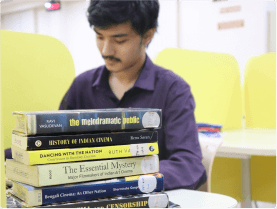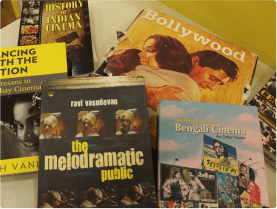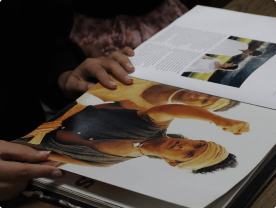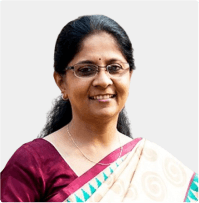



Indian Cinema
Learning Outcomes
- Understand the diversity of contemporary Indian culture(s), religion and way of life through Indian cinema
- Analyse a range of Indian films with critical understanding of the discourses presented therein
- Identify promising Indian directors and actors and their important works
Course Content
Unit One: History of cinema in India – the times and people, social and political environment in which Indian cinema took shape.
Unit Two: Indian cinema or Bollywood- Art films vs. popular films, the golden era of Indian cinema, realism in Indian cinema. The social, the mythic and the historical.
Unit Three: India on screen – National narratives, National identity in popular Indian cinema, the Indian men and women, urban and rural, gender and modernity. Film style – Song and dance, sets and costume.
Unit Four: Multi-ethnic society – religion in Indian films. Society – The idea of good and bad, the angry young man phenomenon.
Unit Five: Diaspora films – Indian films and global mass appeal, Indianised Disco and other dance and forms. Growth of major regional film industries (Kannada, Tamil, Telugu, Malayalam, Marathi, Bhojpuri, etc.)
Name of the Coordinators


Distinctive Features
- Recognise the distinctiveness of Indian cinema
- Recognise the distinctiveness of Indian cinema
